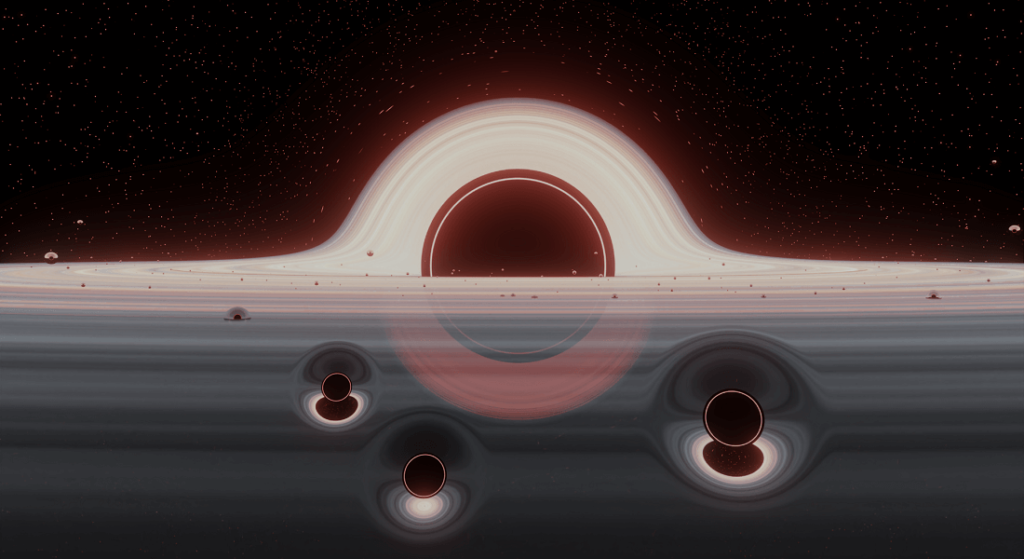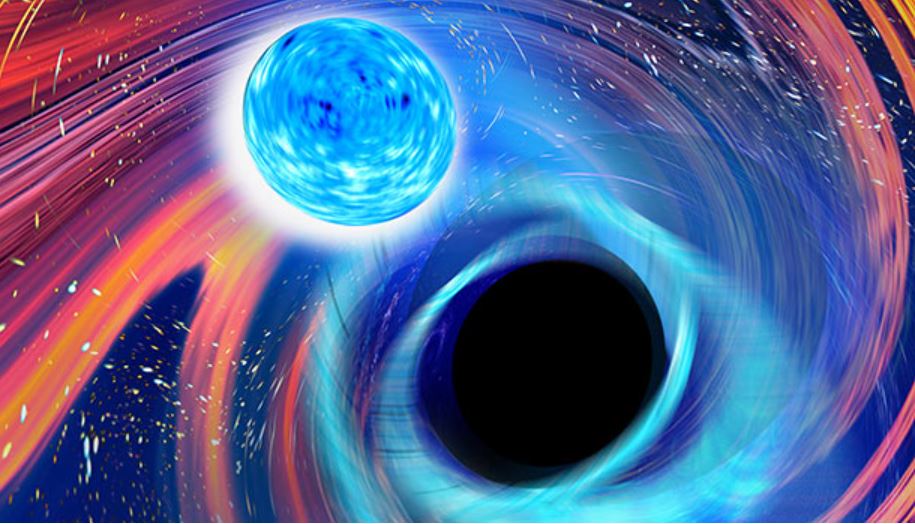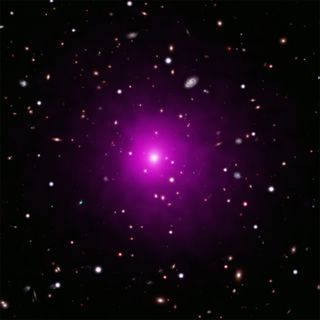
Researchers provide the first plausible explanation to why one of the most massive black hole pairs observed to date by gravitational waves also seemed to merge on a non-circular orbit. Their suggested solution, now published in Nature, involves a chaotic triple drama inside a giant disk of gas around a super massive black hole in a galaxy far, far away.
Black holes are one of the most fascinating objects in the Universe, but our knowledge of them is still limited — especi...
Read More









Recent Comments